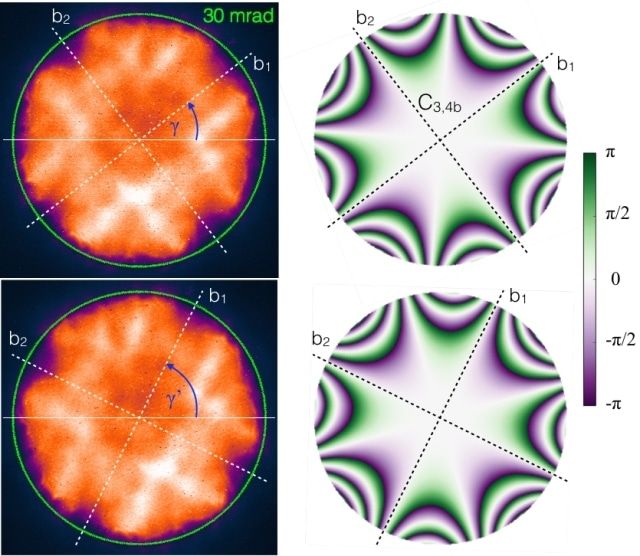Apr 6 2016
When life gives you lemons, make lemonade. At Oak Ridge National Laboratory and Uppsala University, researchers have done the scientific equivalent by using, rather than eliminating, flaws inherent to electron microscopy to create probes for performing novel atomic-level spectroscopy.
 Researchers used electron microscopy aberrations to create a new method for spectroscopy with atomic-level resolution.
Researchers used electron microscopy aberrations to create a new method for spectroscopy with atomic-level resolution.
The theory and practical aspects of their “aberrated probes” are described in a recent article in the journal Physical Review B. “Here, we focus on how one can detect magnetic properties in materials,” said Juan Carlos Idrobo of the Center for Nanophase Materials Sciences, a Department of Energy User Facility at ORNL. “However, electron probe shapes can be tailored via specific aberrations to detect other material properties with unprecedented spatial resolution, such as charge ordering, crystal field splitting, spin-orbit coupling, optical dichroism and other physical phenomena associated with broken symmetries.”